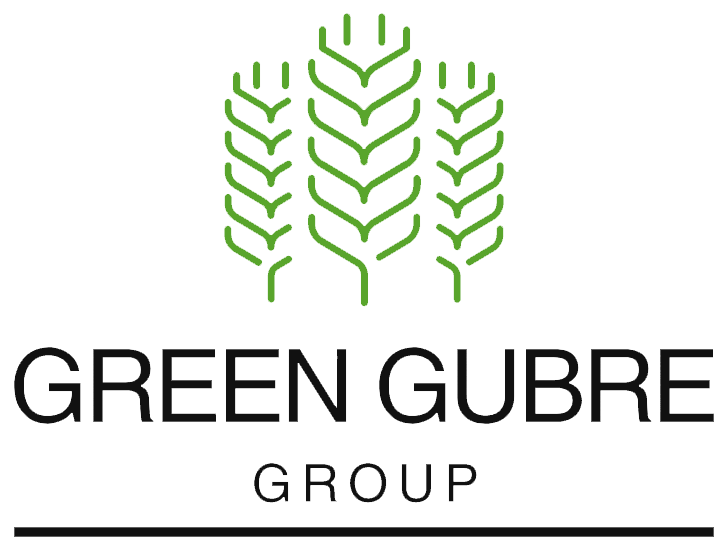Bioavailable Fertilizers – Enhancing Nutrient Uptake Efficiency at the Root Level
Bioavailable Fertilizers – Enhancing Nutrient Uptake Efficiency at the Root Level

Introduction: From Application to Absorption – Why Bioavailability is the Future of Fertilization
In modern agriculture, applying fertilizer is only the beginning. What truly matters is how efficiently plants absorb and utilize nutrients. This principle—nutrient bioavailability—is reshaping the way farmers and agronomists think about fertilizer performance.
Bioavailable fertilizers are specifically formulated to enhance nutrient solubility, mobility, and uptake. By reducing losses to leaching, volatilization, or fixation, these fertilizers maximize plant response, improve soil health, and increase return on investment.
In an era defined by rising input costs, climate uncertainty, and the global push for sustainable farming, bioavailable fertilizer technologies are no longer optional—they’re essential.
“Efficient absorption turns good fertilizer into great harvests.”
Source: International Fertilizer Association – Nutrient Use Efficiency
What Are Bioavailable Fertilizers?
Bioavailable fertilizers are advanced products designed to improve nutrient uptake efficiency by delivering nutrients in forms that are readily absorbed by roots or foliage.
Common Forms of Bioavailable Fertilizers:
- Chelated micronutrients (e.g., Zn-EDTA, Fe-EDDHA) – remain soluble in various soil pH conditions.
- Nano-fertilizers – engineered for rapid absorption due to ultra-small particle sizes.
- Humic & fulvic acid-enhanced blends – improve cell permeability and nutrient transport.
- Liquid nutrient formulations – deliver immediate uptake via fertigation or foliar spray.
- Organic-mineral complexes – mimic natural plant nutrient pathways.
Why Bioavailability Matters in Crop Nutrition
| Factor | Conventional Fertilizer | Bioavailable Fertilizer |
|---|---|---|
| Nutrient loss | High (leaching, volatilization) | Low (targeted uptake) |
| Absorption speed | Moderate to slow | Fast (especially during critical stages) |
| Compatibility with soil | Variable (affected by pH, texture) | Optimized for various conditions |
| Crop response | Inconsistent | Reliable and enhanced |
| Return on Investment | Lower due to inefficiency | Higher with lower input requirements |
Benefits:
- Increases Fertilizer Use Efficiency (FUE)
- Minimizes nutrient runoff and environmental impact
- Rapidly corrects hidden deficiencies
- Supports early root growth, plant vigor, and drought resilience
Source: Journal of Plant Nutrition – Nutrient Uptake Efficiency
Leading Technologies in Bioavailable Fertilization
1. Chelated Micronutrients
- Examples: Fe-EDDHA, Zn-EDTA
- Prevent nutrient fixation in alkaline soils
2. Nano Fertilizers
- Particle sizes between 10 and 100 nm
- Faster absorption and mobility
3. Humic and Fulvic Acid Blends
- Enhance membrane permeability
- Improve microbial activity in the rhizosphere
4. Liquid NPK + Trace Elements
- Fast-acting formulas for foliar or fertigation use
5. Biostimulants and Seaweed Extracts
- Improve nutrient assimilation and stress tolerance.
Crops That Benefit Most from Bioavailable Fertilizers
Bioavailable fertilizers are particularly effective in high-value, fast-growing, or nutrient-sensitive crops:
- Vegetables: Tomato, cucumber, pepper
- Fruits: Banana, grape, citrus
- Cereals: Maize, rice, wheat (especially zinc and iron-sensitive soils)
- Protected crops: Greenhouse vegetables, hydroponic systems
- Plantations: Olive, coffee, cocoa
Source: FAO – Crop Nutrition Management
Best Practices for Application
| Method | Use Case |
|---|---|
| Foliar Spray | Rapid correction during flowering or stress events |
| Fertigation | Precise root zone delivery in irrigated systems |
| Soil Application | Use chelated/coated forms for prolonged release |
| Seed Treatment | Early access to micronutrients in cereals/legumes |
Expert Tips:
- Match fertilizer form to soil pH (e.g., Fe-EDDHA for alkaline soils)
- Avoid overuse: bioavailability means lower doses are more effective.
- Ensure
compatibility with other agrochemicals during tank-mixing
Source: CropLife – Smart Fertilizer Use
Green Gubre Group’s Bioavailable Fertilizer Portfolio
At Green Gubre Group, we deliver science-based bioavailable solutions designed for maximum efficiency and agronomic performance.
Our Offerings Include
- Chelated Micronutrients – Zn, Fe, Mn, Cu in EDTA/DTPA/EDDHA forms
- Nano-formulated fertilizers – Highly bioavailable for foliar & root use
- Fulvic & Humic NPK – Enhanced uptake in stress-prone soils
- Liquid NPK + TE – Fully soluble fertigation blends
- Biostimulant Additives – Boost physiological efficiency
Our products are backed by:
- Soil and tissue testing services
- Customized crop fertility planning
- Nutrient scheduling tools via digital platforms
Conclusion: Smarter Fertilization Starts at the Root
In agriculture, it’s not just what you apply—it’s what your plants absorb that matters.
Bioavailable fertilizers close the gap between nutrient application and plant uptake. They transform input investments into productive outputs while preserving environmental integrity.
At Green Gubre Group, we help farmers grow more—using less.
“Apply smart. Absorb more. Waste none.”




